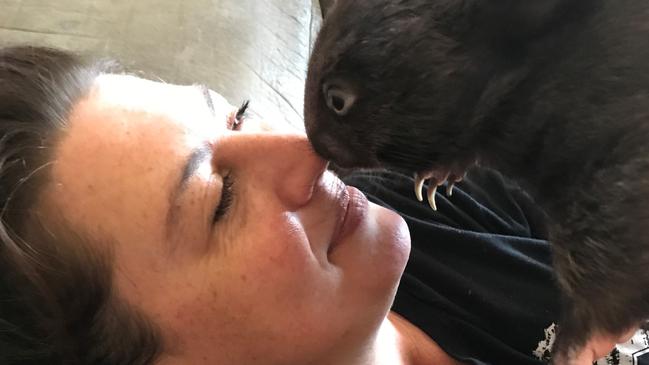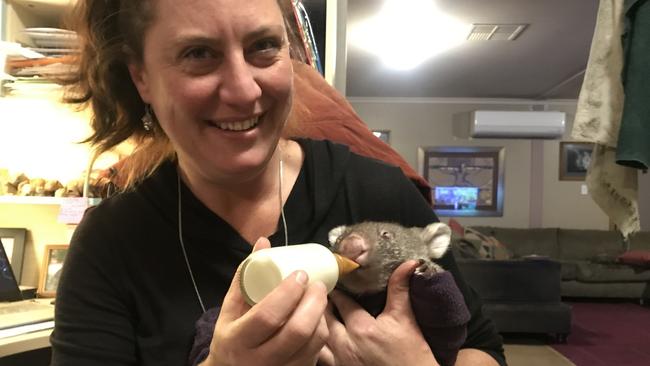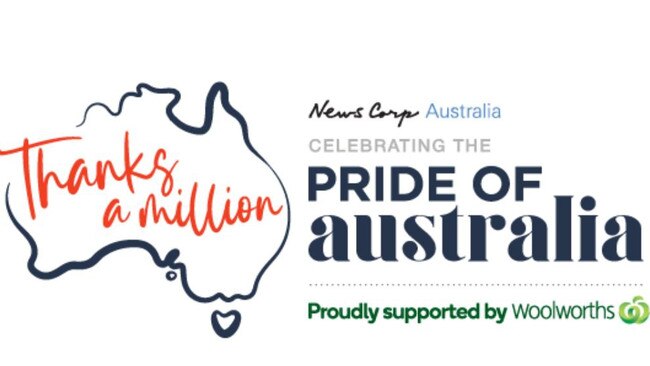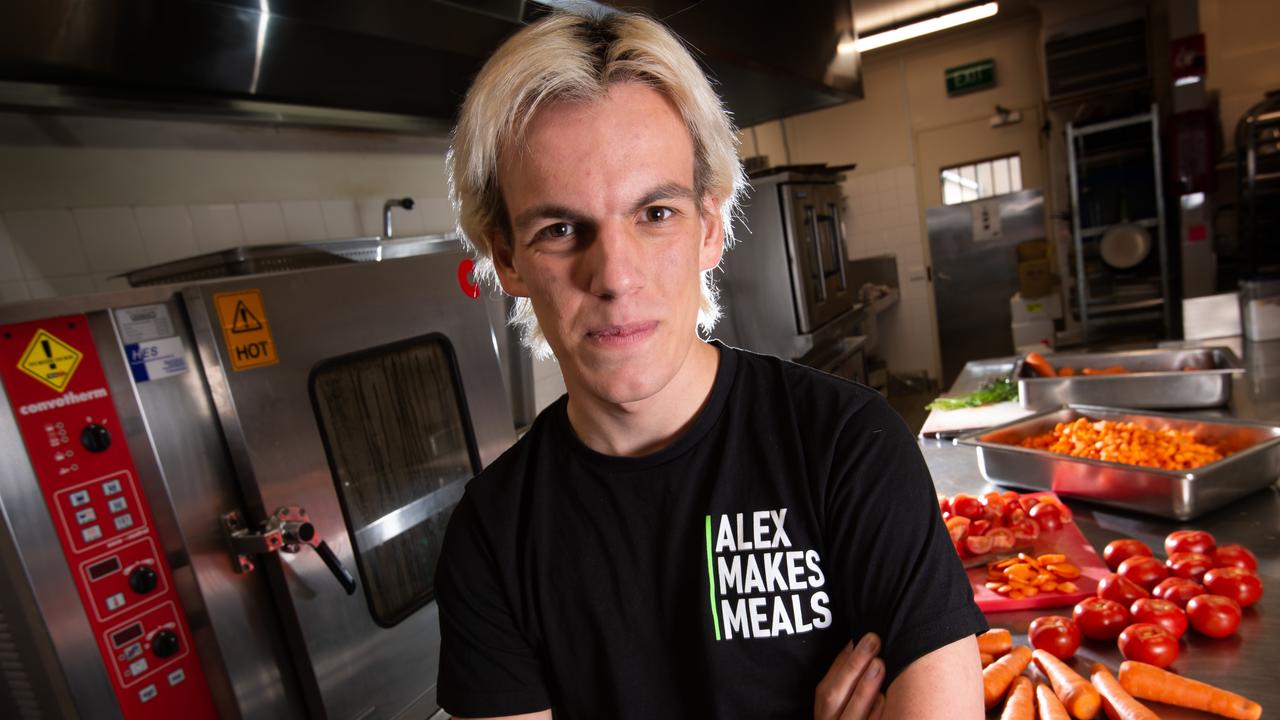Thanks a Million: Volunteer’s Wombat love sparks recognition
Yolandi Vermaak cherishes her role as a ‘wombactivist’, nurturing stricken wildlife and promoting awareness of cute and cuddly marsupials.

Thanks a Million
Don't miss out on the headlines from Thanks a Million. Followed categories will be added to My News.
FOLLOWING the death of her husband four years ago, Yolandi Vermaak found a unique way to manage her grief by volunteering at a wombat rescue centre.
It was the beginning of realising her purpose and passion and Ms Vermaak started to dedicate all her free time to rescuing and rehabilitating these iconic native Australian marsupials.
“I came to this country seven years ago from South Africa and in the first year I went to Bateman’s Bay to a zoo and there was a little wombat,” Ms Vermaak said.

“They said I could hold it and I fell in love instantly. Then my husband (Reynier) got sick with leukaemia and he passed away in 2016. I had to find something to keep me going and distract me, so I started volunteering at a wombat rescue place. It was just something I did to get me out of bed but very soon it turned out to be my passion.”
Ms Vermaak has established herself as a “wombactivist” with a mission to not only rescue and rehabilitate wombats but to make their plight known, especially through her Wombat Rescue Facebook page.

For her commitment and dedication to these creatures, Ms Vermaak was nominated in the Thanks A Million campaign.
“I’m always very appreciative of something like this because the more awareness we can have for wombats, the better,” Ms Vermaak said.
“It’s really a very unique plight wombats face that no other animal is facing. We reckon that more than 90 per cent of wombats have mange.

“Mange was introduced to Australia 200 years ago by settlers on their dogs. It’s now spread to about 100 native animals and although it’s quite treatable, because wombats are nocturnal and in the wild, you can’t give them the medicine they need once a week.
“Mange works fast on them and without intervention, 100 per cent of wombats with mange will die.”
Ms Vermaak – who resides in the ACT – said with bushfires and then flooding in wombat territories throughout 2020, she had individually seen to more than 100 wombats, some of which she came across during road rescue drives commencing at 4am.

“They may have survived bushfire but now a significant amount of their food has decreased,” she said.
“A more significant event for wombats was flooding that occurred in April, May and June. There were so many areas that flooded, specifically in NSW and ACT. The amount of wombats that drowned was much more than what perished in the fires.”
wombatrescue.com.au
To nominate someone and say thanks, go to thanksamillion.net.au and they could receive a $200 Woolworths Gift Card.
Terms and conditions apply. For full terms and conditions, visit thanksamillion.net.au




